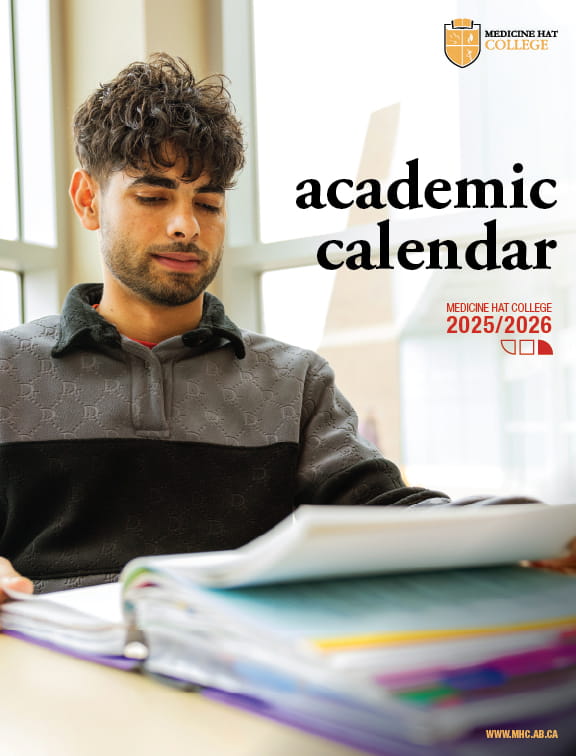Carpenter
Apprenticeship is a great way to develop employable skills while working and earning a paycheck. In fact, apprentices are required to find a job before they go to school. On the job, you’ll typically work under the direction of a journeyperson who provides instruction as you gain experience. Your college study periods are short, usually about two months long, allowing you to build theoretical knowledge and more advanced practical skills. Apprenticeship programs require you to attend college once a year for three or four years including a minimum of 1560 hours of on-the-job training and eight weeks of technical training each year.
Carpenters construct, erect and repair buildings and other structures. Our program will teach you all aspects of construction from foundation to finishing through classroom theory and practice in the shop. We will show you how to set up formwork, prepare to pour, build wall and roof frames, construct stairs and build finished projects such as furniture. You will also learn core skills such as reading blueprints; planning your sequence of work; cutting and shaping materials; and checking completed units to ensure they are level and square, and the right size, shape and location.
Our class sizes allow us to spend a great deal of individual time with apprentices both in the classroom and in the shop. You can take all four years of your carpenter education at Medicine Hat College.
Apprenticeship is post-secondary education that blends hands-on work experience with classroom learning. The Government of Alberta manages Apprenticeship Education Programs through Apprenticeship and Industry Training (AIT). Successful completion of the apprenticeship program will earn a post-secondary credential, in addition to becoming a journeyperson.
Overview
The first step to becoming an apprentice is finding a job in the trade you would like to study. This is like any other job search, except you are looking for an employer who is willing to hire you as an apprentice in a trade. Once you have found employment, you can complete the Apprenticeship Application and Contract. This will allow you to be accepted as an apprentice tradesperson. Access the form at www.tradesecrets.alberta.ca.
After your application has been accepted, you will begin training with your employer and are now eligible to register for training at Medicine Hat College. You will then be sent an information package from the college on how to proceed with your registration.
Apprenticeship Contracts
You and your employer will sign a contract. Before signing the contract, read it carefully to know your obligations and responsibilities and those of your employer. Once signed, the contract must be delivered to Apprenticeship and Industry Training. An identification card, course outline booklet and, for most trades, an apprenticeship record book are issued to you. At this point, your apprenticeship training begins.
Attending Technical Training Classes
A notice to attend technical training will be sent about two months before classes begin. Class schedules are posted at www.tradesecrets.alberta.ca. Registration for your technical training must be arranged through Medicine Hat College in the appropriate trades program.
Trades students register for technical training courses through tradesecrets.alberta.ca.
Carpenters may work alone, in teams or with helpers. Working conditions vary from one job to another. On some jobs carpenters work primarily indoors, are permanently employed and work a regular 40-hour week. On other jobs, they work primarily outdoors, are subject to seasonal unemployment, and routinely work overtime in peak periods. in the classroom and in the shop. You can take all four years of your carpenter education at Medicine Hat College.
Additional Information
Graduation Requirements
You will be awarded an Alberta Completion of Apprenticeship Certificate when you successfully complete all requirements of your apprenticeship contract. In addition to and depending on the trade, you will receive a Journeyperson certification.
Trades eligible for an Interprovincial Red Seal Certificate have an additional exam to write and upon successful completion of the exam, the seal is affixed to the Journeyperson certificate when issued.
In the province of Alberta, there are two kinds of regulated trades.
- Compulsory Certification Must be either a journeyperson or apprentice to work in the trade as legislated under the Alberta Industry and Training Act.
- Optional Certification Trades training is offered but optional.
Promotion Requirements
You must write an Apprenticeship and Trade Certification exam at the end of each technical training class. The passing mark is 70%. If you do not pass, you may be offered an apprenticeship supplemental exam. You must take the course again if you do not pass the supplemental exam.
To progress from one training period to the next and get a wage increase, you must
- pass the apprenticeship exam.
- receive an acceptable mark in the course.
- obtain the required number of hours of work experience.
- receive a satisfactory report from your employer.
Looking for ways to help fund your education?
There are lots of options like student loans, scholarships, bursaries and emergency funding available.
Check out our FINANCIAL AID page for more information.
At MHC, we care about students and want to help you succeed.
As a student, there may be times when you require support. Our SERVICES page provides you with links to a number of campus supports including academic success, counselling and care, health and wellness, and many other resources.



